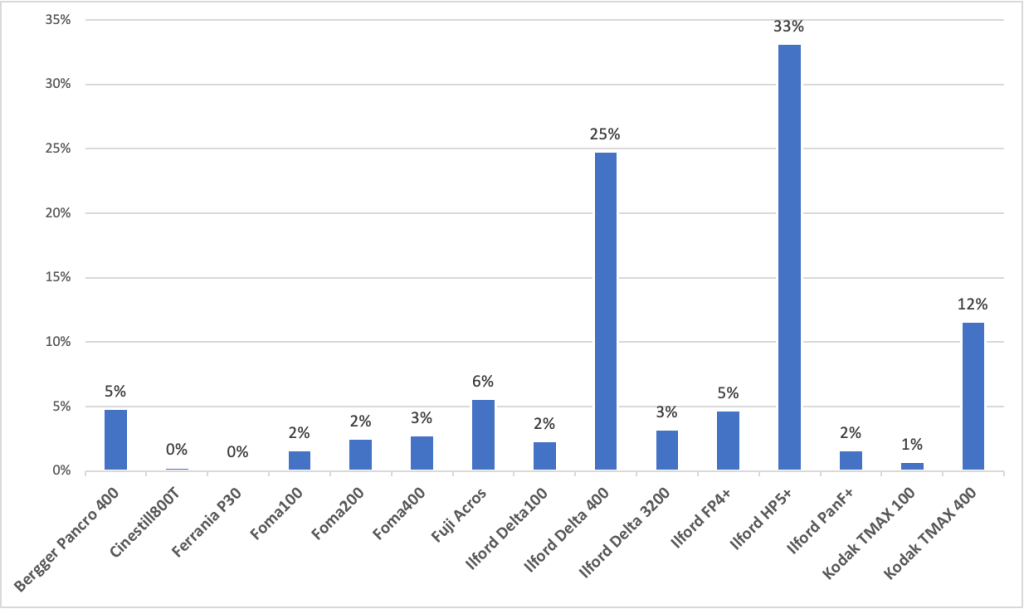I’ve been using film for the last two decades and I’ve developed thousands of rolls, mixed the classic developers, experimented, used all the gorgeous medium format cameras that you can dream of, so I think I might be somehow relevant in what I am about to say. Fomapan 200 is one of the most beautiful stock option yet I will never use it again in my life until its serious quality issues are fixed for good.
Why I fell in love in the first place
Let me first start by saying what is good about it: as all the products from Foma, it has a quite nostalgic and old style look that bring an interesting punch on the negatives. These are probably not the easiest to print (contrast is usually quite high), they require condenser enlargers to add the crispness you may lack from the lower resolving power (it is said Foma200 used both traditional and tabular grain but the Tmax, Delta or Acros are on another league), the real speed is usually far from the one announced on the box, and are the curliest ones when dried up. But when you consider how cheap they are, you easily forgive and want to use them.
Below are three examples of how the film can shine when all the planets are aligned. It cannot out-resolve the spectacular performances of the Zeiss Planar 80mm on the Hasselblad shot or the SMC 105mm 2.4 on the Pentax67 portrait, nonetheless you can easily think these are taken with a TriX or HP5. (the first is developed in Rodinal 1+100, the other two in XTOL 1+1).



And now, the bad news
I tried hard…I gave it another chance multiple times, but I have to face it: the quality control of the production chain of Foma film is really bad (not to say it’s completely s…it). 120 format seems the worst of it all, with scratches and emulsion inconsistencies in many cases. Large format and 135 are usually a safer bet, although tiny issues may be found from time to time.
While I think Fomapan400 and Fomapan100 are still acceptable (given the price tag), where things get nasty is with the 200 and images are simply not usable.
Full disclosure: I keep my film in the fridge as I’ve always done with other brands, and whenever I need to use it I take it out hours before loading the camera. I also tried to store it at normal temperature in a dry place, but the results were the same. I’ve used different Hasselblad backs, I loaded a Mamiya RZ67, a Pentax67 and a Pentacon Six…nothing seem to change the outcome that you will see down below. I souped my films in XTOL, D76, Rodinal in the hope of better luck. Useless to say that on all the shootings I did I also used other films, and the same chemicals, and I never had a problem whatsoever. That is why I decided to stop wasting my money.
I contacted Foma last year and they referred to a quite curious paragraph in their datasheet, namely the fact that some medium format cameras may introduce the issues due their mechanics:
FOMAPAN 200 Creative emulsion contains T-crystals providing high resolution and very low granularity of the film. Relating to this it may emerge its higher sensitivity to mechanical strain mainly during movement of the rollfilm throughout some middle-format cameras. That may result in occurrence of desensitization records on developed negative. Within first usage of FOMAPAN 200 Creative type 120 it is recommended to test its compatibility with the particular camera.
Quite honestly, I am extremely doubtful that it might be the cause, and in that case I wonder which cameras should be used as I think I am quite lucky when it comes to choosing a tool to take pictures.
Exhibit 1
Vertical line in random positions of the frame (Pentax 67, XTOL 1+1)


Exhibit 2
Same roll as previous, vertical lines (Pentax 67, XTOL 1+1)
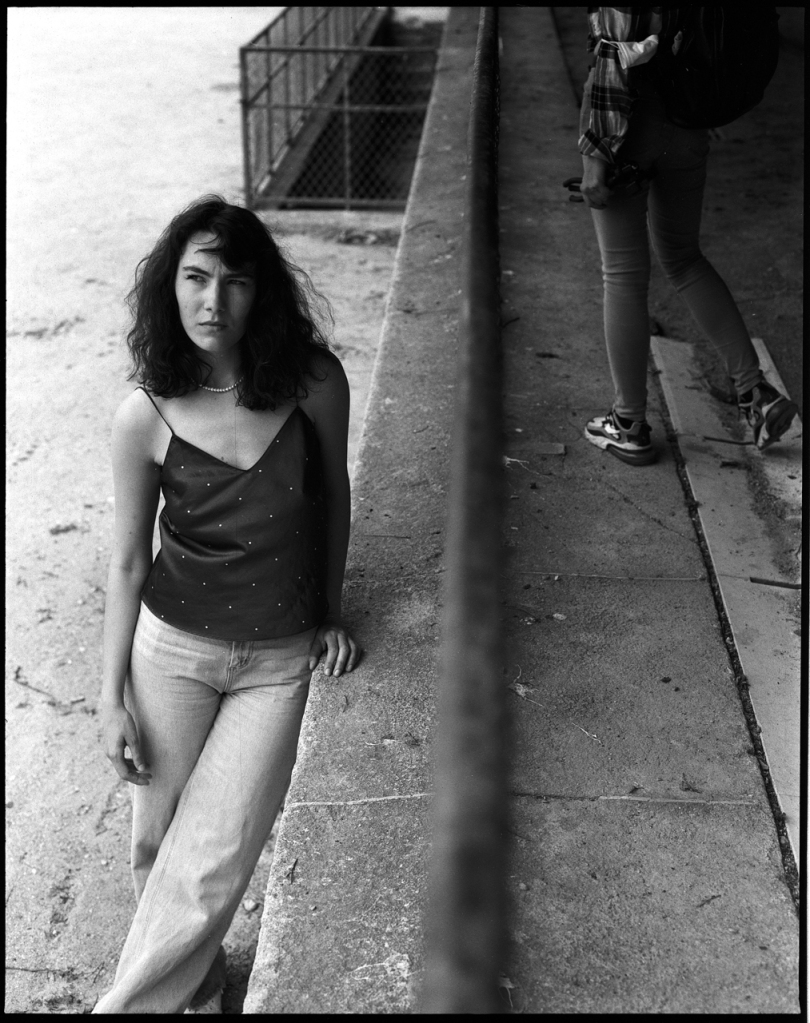

Exhibit 3
Same roll as previous, many straight and curved lines (Pentax 67, XTOL 1+1)


Exhibit 4
Individual lines, packed lines and rain-like marks (Hasselblad 501CM, D76 1+1)
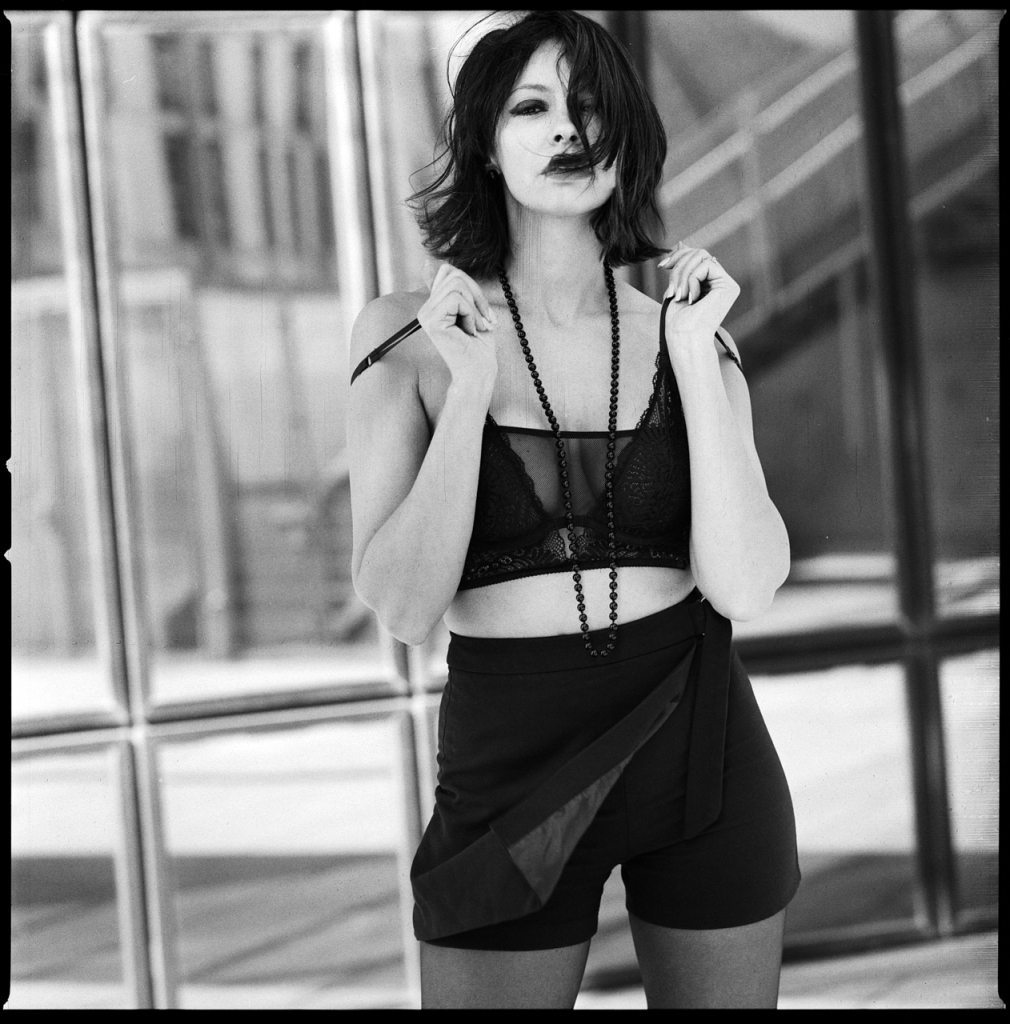


Exhibit 5
Horizontal packed lines on the edge of the frame (Hasselblad 501CM, D76 1+1)


Exhibit 6
Same as previous (Hasselblad 501CM, D76 1+1)

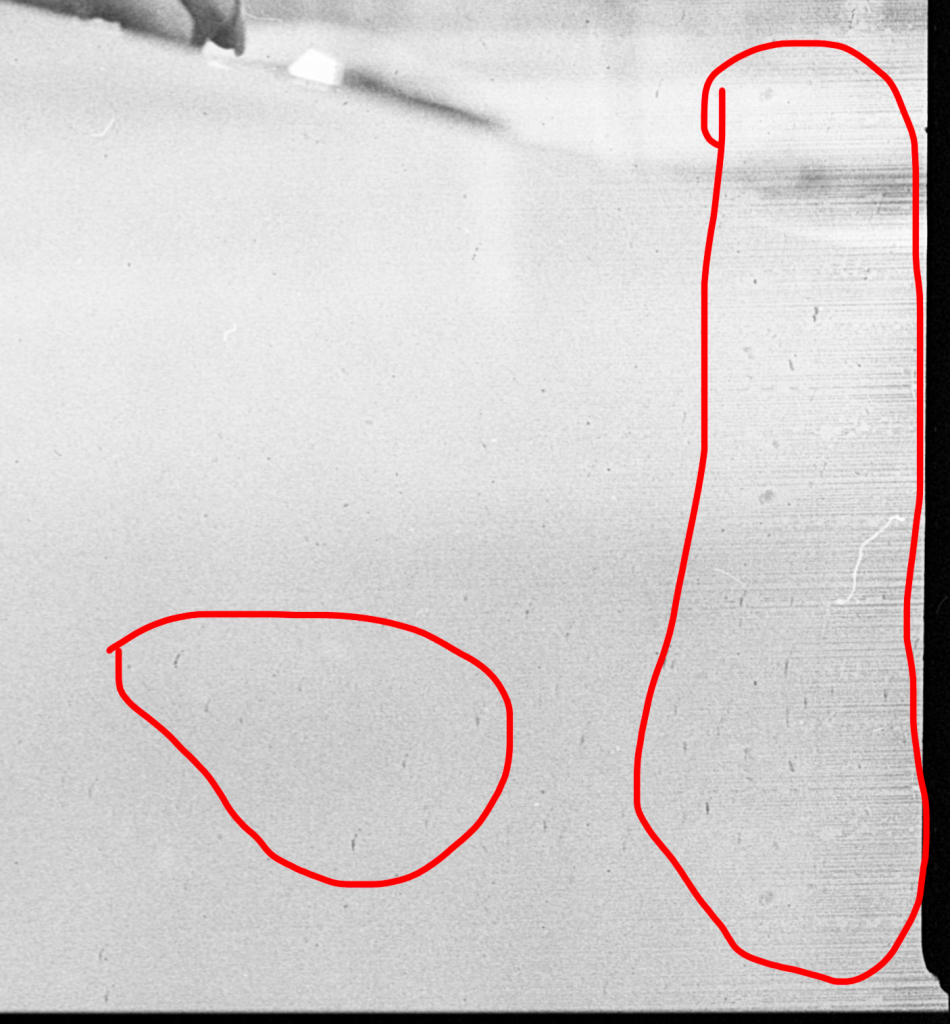
Exhibit 7
Multiple rain-like marks across the frame (Pentax 67, XTOL 1+1)
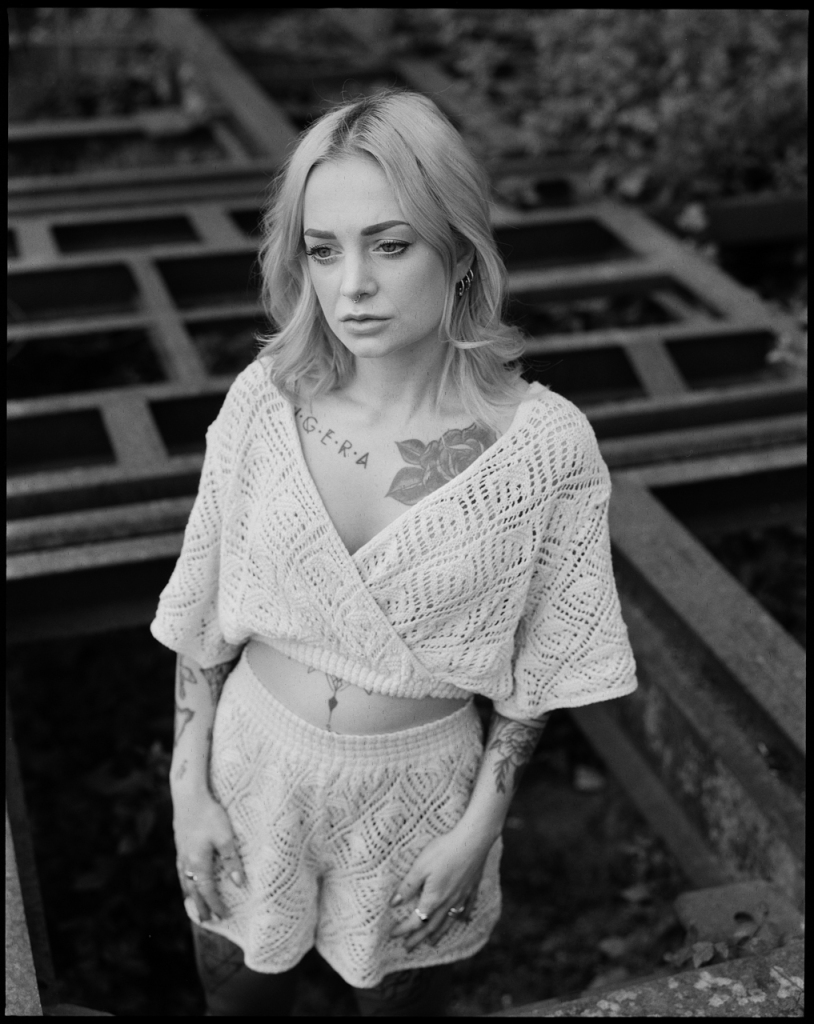

Exhibit 8
Multiple rain-like marks across the frame (Pentacon Six, D76 1+1)


Exhibit 9
Multiple rain-like marks across the frame and vertical lines (Pentax 67, D76 1+1)


Exhibit 11
Heavily backlit photo showing multiple rain-like marks across the frame and vertical lines (Pentax 67, D76 1+1)


Exhibit 12
Multiple rain-like marks across the frame and vertical lines (Hasselblad 501CM, Rodinal 1+50)
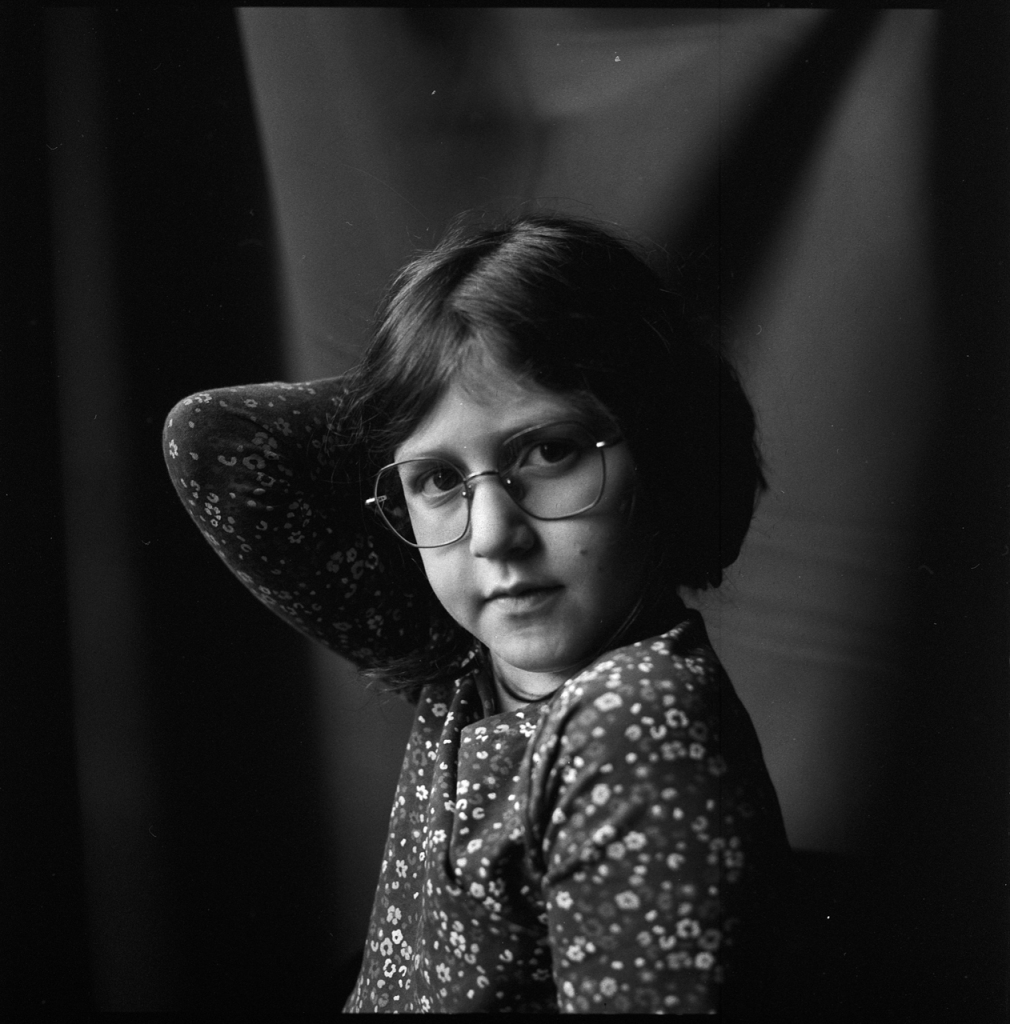
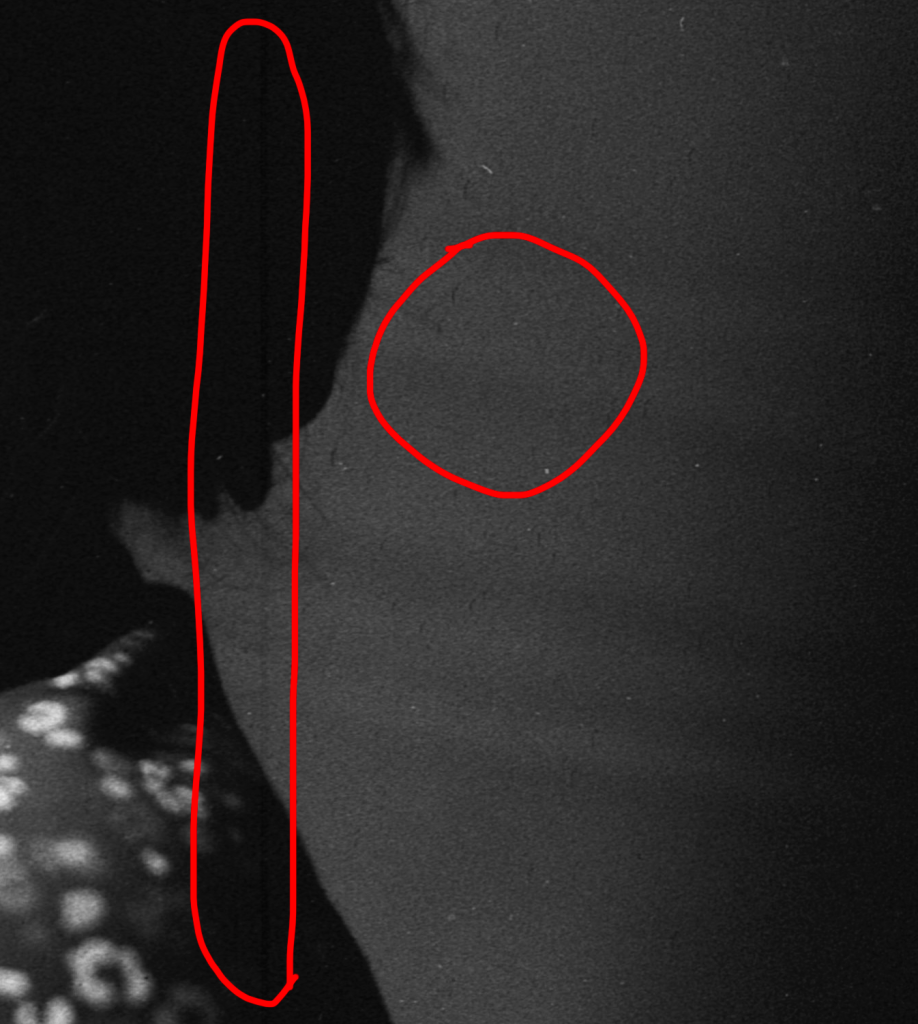
Exhibit 13
Multiple rain-like marks across the frame and vertical lines (Hasselblad 501CM, Rodinal 1+50)



